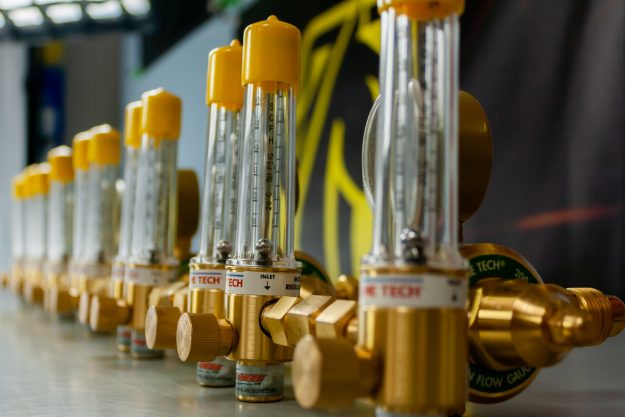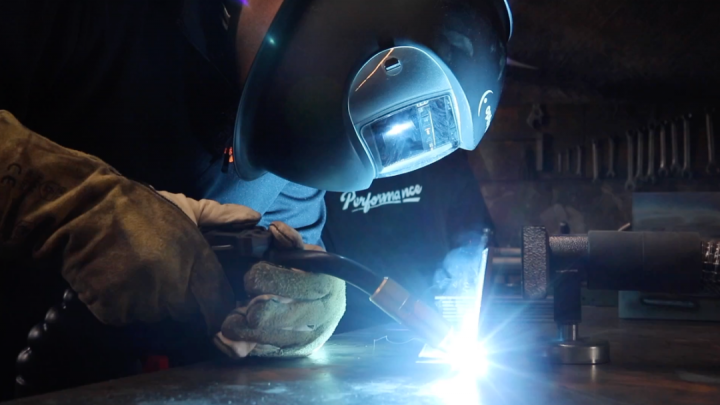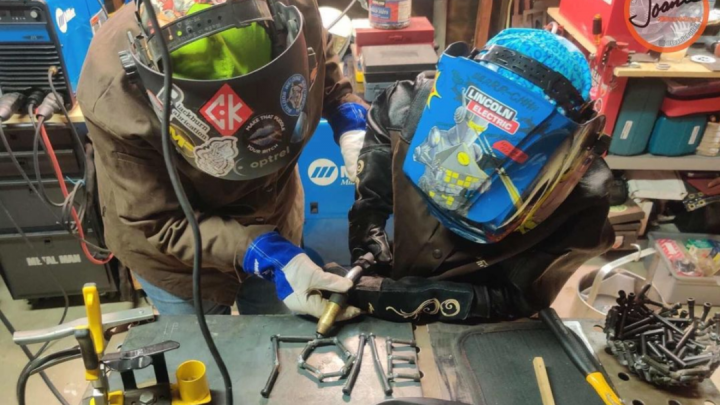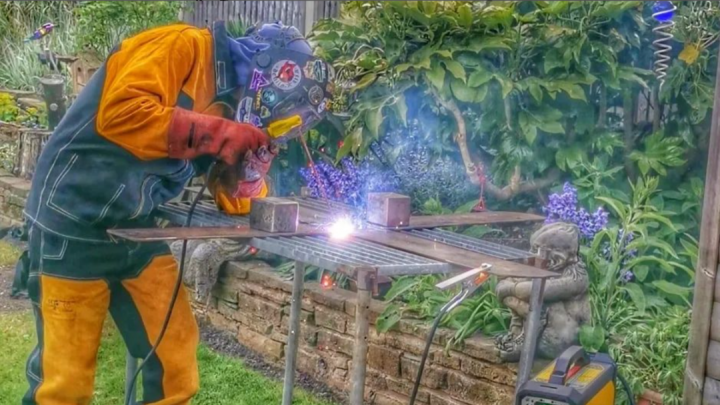
Do you have gas leaks? How would you know? You can’t see it and you can’t smell it. Argon is expensive, and you don’t want to waste it!
Look your flowmeter over and determine if it uses a two piece style plastic flow tube. The two pieces are the body of the flow tube with the flow rates printed on it – and – a cap or insert that is pressed in, glued or held in place by an adhesive label.
Often the inserts used to plug the top of the flow tube have a hole in the top center. Again, some models use a rubber plug, or an adhesive label on the top of the flow tube to “seal” the hole. Those types of low meters are proven to leak gas right out of the box or at some point in the life of the flowmeter.


Another potential issue is a cracked or damaged flow tube. Look closely, you can see an example of a cracked tube on a new flowmeter. That crack will leak gas or draw atmosphere – either of those are a non-starter for a precision welding.

These details should motivate you to constantly look for ways to improve the products used in your TIG welding set up.

This is an example of a simple fix that uses a yellow “vacuum caps” as insurance. If the tube leaks, the flow pressure will push the cap off. If it draws atmosphere, it pulls it on tighter – a simple & effective solution.

Note: Test your gas connections for leaks! Swab your gas connections, hose ferules etc. with a mixture of dish soap & water and a small acid brush. Pressurize the system and look for bubbles. It’s a best practice to swab your gas supply connections each time you switch bottles.
Check out our complete line of quality Dual Gas Flowmeter & Purge Kits over at www.Arc-Zone.com
Good welding 👊🏻




